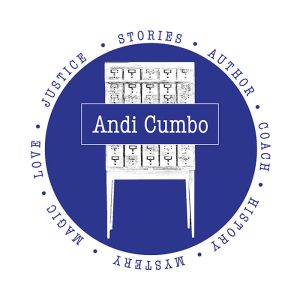Up the hill from my house there is a graveyard. It sits in a copse of trees surrounded by a deteriorating stone wall. Most who know these farms well know it’s there, but I don’t think anyone really visits there except me.
In the late afternoons sometimes, I walk up and talk to the folks who are buried in the undulating earth, most of their graves unmarked by any stone except, perhaps, a piece of slate stuck vertical in the earth and long away worn down or washed clean of names. I only know who two of these people are for certain – Ben Creasy and Jesse Nicholas; their stones are carved and still legible. For a long time, I also thought Primus had a marked stone, but not I’m not sure – the carving seems to read “Prams – 12â€, and even if it was Primus with his name misspelled, he neither died at age 12 or in 1812. Still, I expect he’s buried there somewhere, so I still talk to him the most.
In this graveyard lie the bodies of approximately 100 people who were enslaved here on these farms. I think of them as my friends.
And so begins my book about the people who were enslaved here two hundred years ago. I’ve written a lot of words, and I have many more to write. I have done hours and hours of research, and I have many more to do. But here, in this few words, I have found my purpose. I want to talk about my friends, these people I have come to know and love.
This project is not at all what I thought it would be when I began a few months ago. Then, I was conceiving something much more about me. I had considered weaving the stories of the people here with the stories of my dad’s family as we have been workers of the land and are descended from a slave named Emmanuel. But as time has passed and I have gone where the writing takes me, I find that all I want to do is know these people so that others can know them, too.
So here you have it, the first few paragraphs of my book which I am, for now, entitling “They Are My Friends.” I am so excited.

